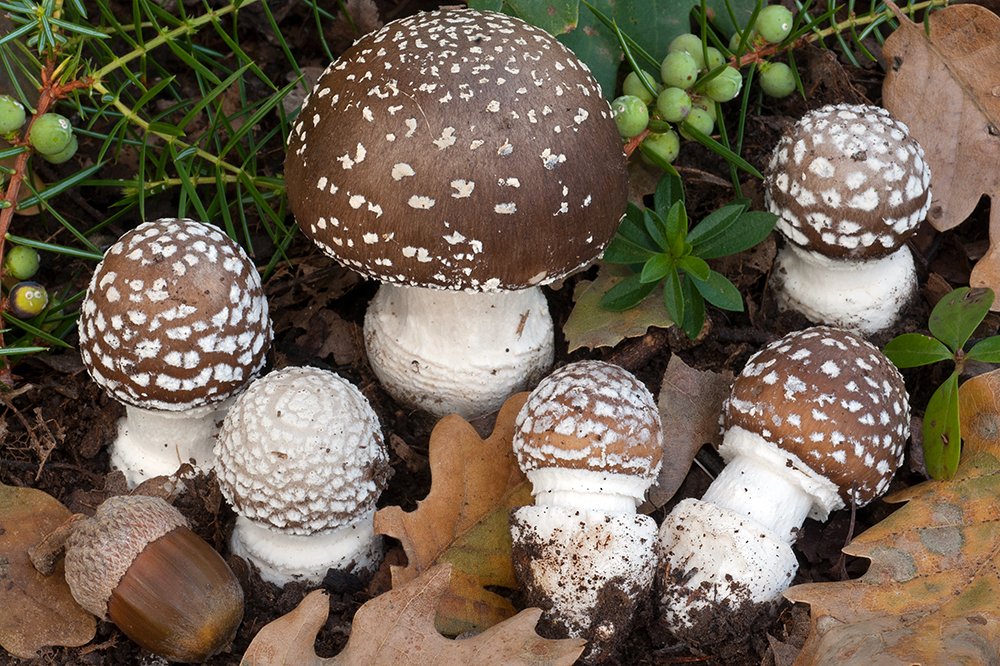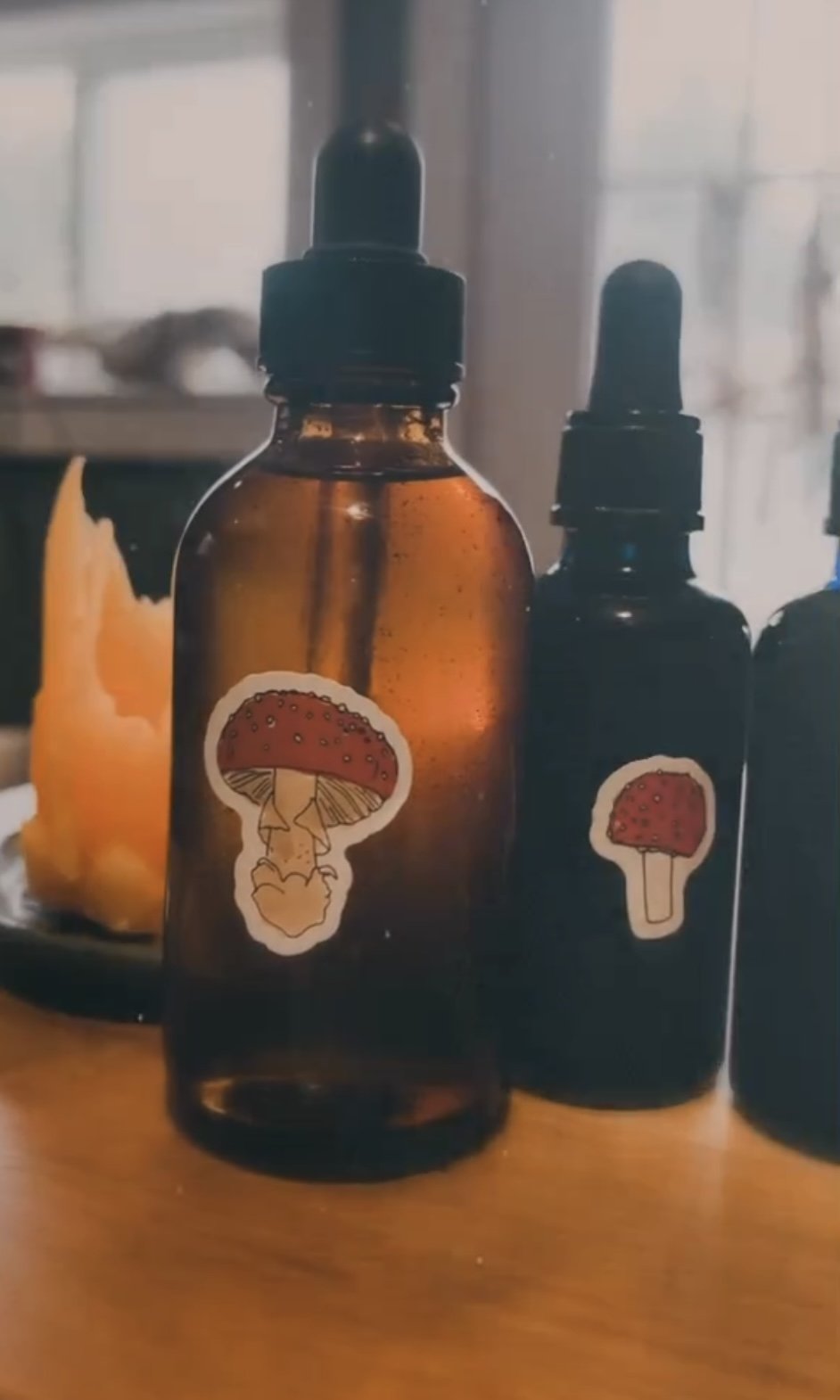Sacred Mycology
Fungi make worlds. They also unmake them. There are lots of ways to catch them in the act. When you cook mushroom soup, or just eat it. When you go out gathering mushrooms, or buy them. When you ferment alcohol, plant a plant, or just bury your hands in the soil; and whether you let a fungus into your mind, or marvel at the way that it might enter the mind of another. Whether you’re cured by a fungus, or watch it cure someone else; whether you build your home from fungi, or start growing mushrooms in your home, fungi will catch you in the act.
If you’re alive, they already have.”
― Merlin Sheldrake
My friends and family tell me that my entire being lights up when I talk about mushrooms. There is something innately fascinating about the fungal world and in my 30s, I became deeply engaged in learning as much as I could about their medicine. I am an introvert through and through, hiking is my haven, it is the place to slip out of identity and into the primal comfort of forests. It feels like the most rewarding treasure hunt I have ever been on, searching the moss beds, the crispy pine needles for pops of colour, for the sneaky presence of a shiny cap edging out of earth.
My shoulders drop and my nervous system soothes when I am in the forest. Nowhere to go, nothing to do, immersed in familiar playfulness. Mushrooms bring out my inner child, the endless curiosity, question asking, jaw dropping awe that children so often have when encountering some new magic.
There truly is an energetic presence when finding a mushroom and my tactile nature loves the opportunity to push away the soil and assess the state - slippery, matte, tacky, velvety, mushy, porous, toothy? What’s the situation? There are no transdermal poison to the touch mushrooms, and I secretly think that they love to be explored.
Fungi hold networks of alien knowledge beyond our comprehension. The web extends below our feet, below cities, inhabiting all landscapes, poking out in fruiting bodies to spore the world.
Amanita Guessowii
Once you become familiar with Amanitas, you can recognize the genus from afar by its undeniable regal glow, what David Aurora calls the “Amanita aura” in his classic Mushrooms Demystified.
Until then, you can distinguish Amanitas by the universal veil that envelops emerging mushrooms in an egg-like cocoon that can look dangerously similar to an edible puffball if you don’t slice it open. The universal veil soon gives way, leaving species-dependent remnants. Most species retain a trademark sack or collar-like volva at the base of the stalk, and some have a volval patch or warts on the cap. Many Amanitas are also equipped with a partial veil that covers the nascent gills, splitting to leave a ring or skirt called the annulus on the upper stalk as the mushroom matures. All Amanitas have white spores and white to off-white or yellow gills, and most are mycorrhizal and therefore found near living trees.
Amanita Pantherina
The Biochemistry Of the Amanita pantherina is fascinating.
Fungi, plants, insects and animals all contain gold mines of chemicals, which serve their own individual purpose. These strains contains psychoactive chemicals known as ibotenic acid, and muscimol. The pantherina strain contains far higher levels of muscimol than its cousin, the Amanita Muscaria. Muscimol itself is considered an oneirogen.
The term oneirogen commonly describes a wide array of psychoactive plants and chemicals ranging from normal dream enhancers to intense dissociative or deliriant drugs. Effects experienced with the use of oneirogens may include microsleep, hypnagogia, fugue states, rapid eye movement sleep (REM), hypnic jerks, lucid dreams, and out-of-body experiences.
Amanita Muscaria
"The Norse warriors were, according to legend, fierce fighters who were able to vanquish enemies with a fury in battle that gave rise to the term 'bizerk'. Some think their fury was because of their use of Amanita muscaria; others vociferously dispute this. But.....I find that the handles of their swords bear a remarkable, and in some cases, taxonomically correct depictions of this mushroom. A coincidence or evidence? I have eaten this mushroom, and the induced repetitive motion syndrome falls in line with this legend. The doubters might wish to rethink their skeptism, in my humble opinion. "
~Paul Stamets
The rune in the Elder Futhark associated with Fly Agaric is Ansuz (Odin’s rune) but there is also mention of the mushroom associated with Thurisaz & Eihwaz. The bindrune I use for Amanitas includes these three runes.
Everyone knows the term “berserk”. It derives from the Old Norse word berserkergang, a trance-like state of blind rage where men (berserkers) fought with superhuman strength, oblivious to pain, and said to have been characteristic of Vikings in battle.
The main theory behind the origin of this state was the consumption of some kind of concoction including the hallucogenic toadstool Amanita muscaria and the leaves or seeds of Henbane just before a battle.
While Amanitas could invoke a sense of fearlessness, Henbane would increase the mania and bring on a state of fury that the berserkers were so well known for.
Like a tree whose roots are hidden in the rich darkness of the soil, human beings are meant to take our cues from the inner life—not the other way around.
If we imagine an invisible mycelial network under the visible surface of things, of which we are but fruiting bodies, then we see how our lives should be in service to feeding the whole forest together. Mushrooms are the best teachers.
Mushrooms are my medicine. All of them. Not only the consuming, dosing, applying and journeying kind.
They keep me endlessly curious, playful and open. They soften the world and because of them I can more easily tap into childlike wonder. When I think of mushrooms, I feel that passion that stirs up joy, kicks up restless desires to roam the forest and crawl around moss beds.
Sacred Mycology is an examination of our belonging in the world. It is turning to the innate wisdom of nature and the fungi kingdom.
3 variations of Amanita oil - each made from a Slavic recipe that incorporates Amanita Pantherina, Amanita Muscaria or Amanita Guessowii
Ritual uses and a muscle, joint pain relief remedy
Questions Mushroom Hunters Hear ALL the Time:
So I’ve got this brown mushroom in my yard. Can I eat it?
Where are your mushroom spots?
Is picking mushrooms going to make mushrooms go extinct someday?
Is this a CHANTERELLE? (shows you a fuzzy picture that could an image of a cat, a horse, or perhaps just a large hunk of snot).
Have you ever poisoned yourself with mushrooms?
Are you ever afraid you’ll end up dead because of poisonous mushrooms?
Can you die from touching a poisonous mushroom?
Could you identify this mushroom for me?
Should I be worried about this mushroom in my yard/garden/basement?
















